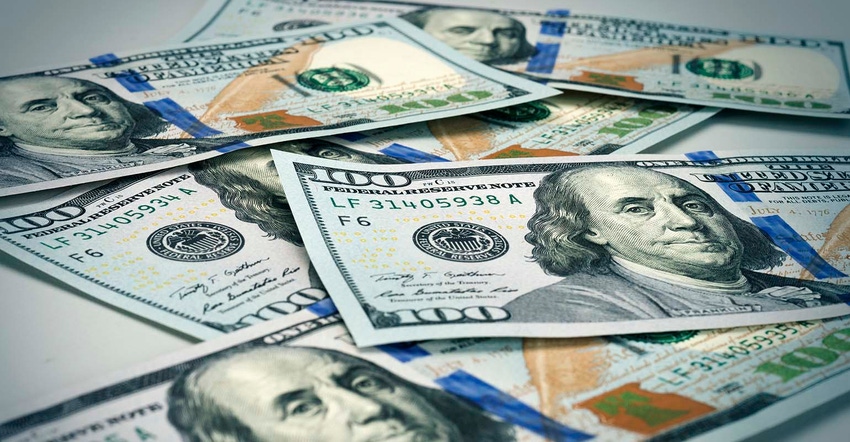
The other day, I was assisting a realtor in valuing a rural automotive repair and towing business that was about to be placed on the market. After gathering less than stellar income statements from the bookkeeper, a line item stuck out. Personal withdrawals were $38,000, which appeared to be low.
After some deeper probing, the business owners indicated some of their business was conducted in cash under the table, which resulted in personal consumption. Some other personal expenses such as insurance, fuel, repairs, and cell phones were co-mingled with business expenses. The business was purchased using four credit cards with fully utilized lines. The challenge was attempting to determine a value based on EBITDA (Earnings Before Interest, Taxes, Depreciation and Amortization) that would represent earning potential for the future owners.
This introduction moves us to the annual family living withdrawals from Nebraska Farm Business, Inc. Let's dig into the farm family living costs for 2021. It is interesting that before income taxes, there was very little variation from the high, low, and the averages of the group. The average family living expense was slightly over $92,000 with approximately $10,000 difference between the high and low thirds. The high third paid double the income taxes of the average group and six times more taxes than the low third.
Nonfarm savings was over $40,000 for the top third, which was more than double the average. The average group saved just over $18,000 in off-farm investments, while the bottom third had negative savings of almost $3,000. Were these savings a result of government stimulus checks being incorporated into the saving strategy?
What is interesting in the analysis was that the bottom third had almost $30,000 in nonfarm capital purchases, which may explain part of the negative savings. The top third actually sold some of their nonfarm capital purchases.
Food and meals was the largest expense category behind miscellaneous. For the bottom third of family living expenses, miscellaneous costs made up over 25 percent of total living expenses. This has similarities to the automotive repair business discussed earlier.
Out-of-pocket medical expenses were nearly half of total medical expenses. It is very obvious that high deductibles and expenses not covered by insurance weighed down cash flows as a possible wrecker.
With inflation running at 6 to 8 percent, family living expenses are a line item that needs to be closely examined in cash budgets and when approving operating lines of credit, which are often used to cover personal expenditures.
Source: David Kohl, who is solely responsible for the information provided and is wholly owned by the source. Informa Business Media and all its subsidiaries are not responsible for any of the content contained in this information asset.
About the Author(s)
You May Also Like






